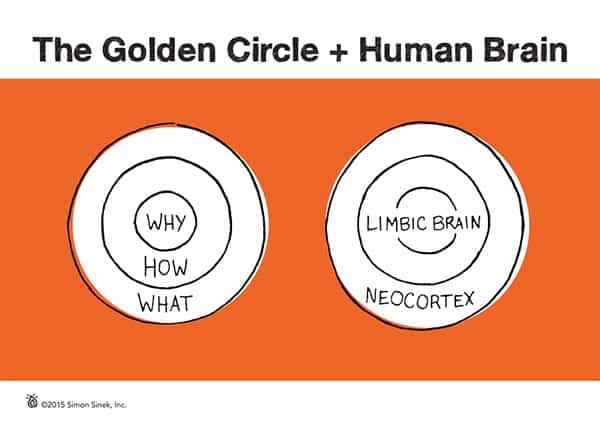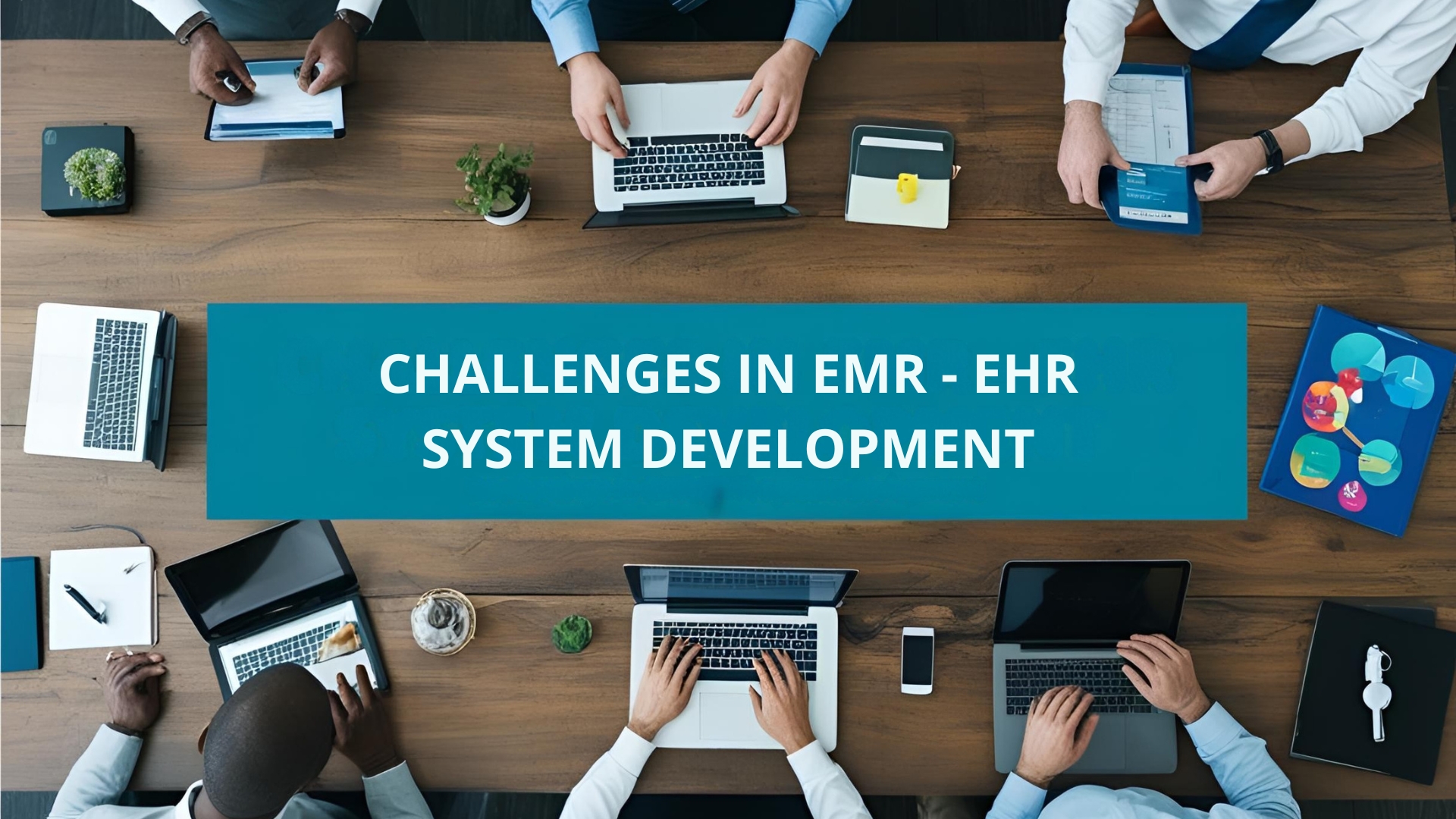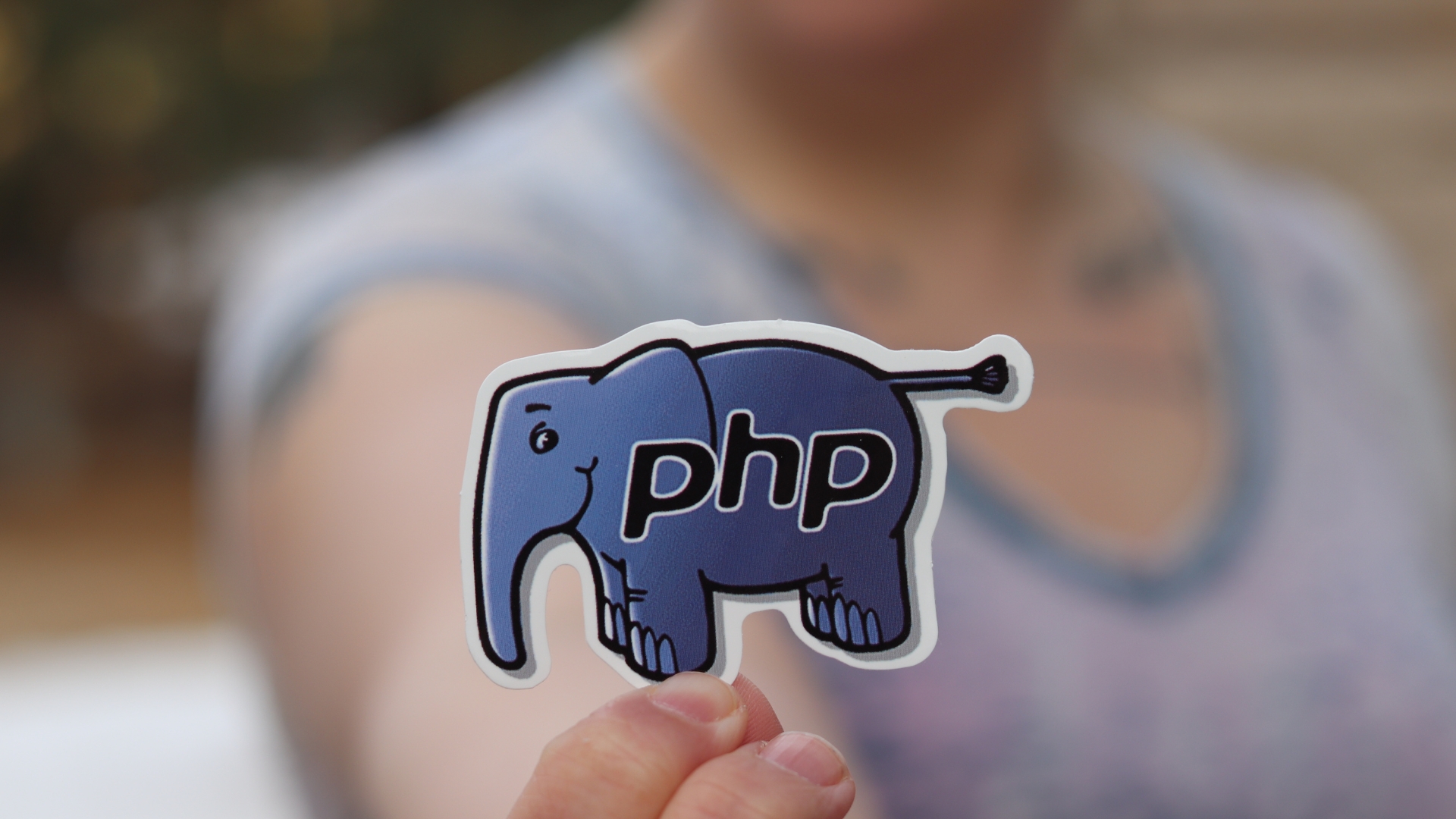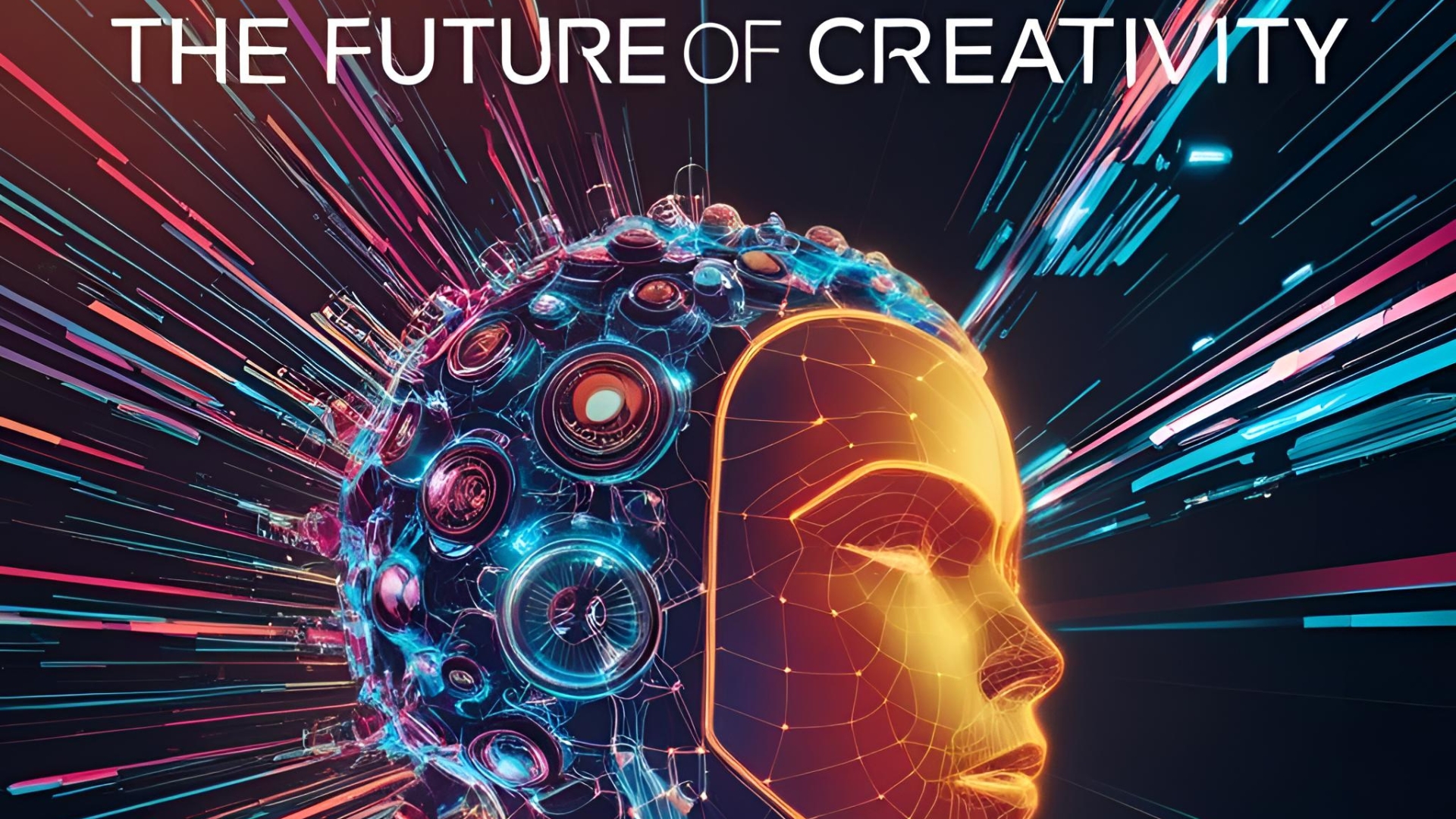How does one truly inspire action in the collective? Why are some people able to better stand out from the crowd and achieve their potential whilst others who have access to the same levels of resources tend to fall back? So I stumbled upon this concept, a concept that made me realize what I could do differently. A way on which how I can better use the potential within to get my messages across effectively. Turns out there is indeed a pattern out there on how to best influence the minds of people and to make them understand the message we are trying to put out by engaging them in their core. Mind you now this is not all psychological, but rather biological. The neuroscience behind the Golden Circle idea is that humans respond best when messages communicate with those parts of their brain that control emotions, behaviour and decision-making.
This idea founded by Mr Simon Sinek called the Golden Circle talks of 3 simple concepts namely:
What?
It’s fairly easy for any leader or organization to articulate ‘What’ they do. This can be expressed as the products a company sells or the services it offers. For an individual, it would be their job title. Sinek argues that ‘What’ messaging only engages with the neocortex – the part of our brain that’s rational. His argument is that this part of the brain is less of a driver of decision making than the limbic brain: the part that ‘Why’ and ‘How’ reaches better. Successful people and organizations express why they do what they do rather than focusing on what they do.
How?
The organization’s ‘How’ factors might include their strengths or values that they feel differentiate them from the competition. Sinek’s view is that ‘How’ messaging is also able to communicate with the limbic brain – the important part that governs behaviour and emotion. But his opinion is that organizations would do better to improve how they articulate their ‘Why’, in addition to ‘How’.
Why?
Sinek explains that ‘Why’ is probably the most important message that an organization or individual can communicate as this is what inspires others to action. ‘Why’ is how you explain your purpose and the reason you exist and behave as you do. Sinek’s theory is that successfully communicating the passion behind the ‘Why’ is a way to communicate with the listener’s limbic brain. This is the part of our anatomy that processes feelings such as trust and loyalty – as well as decision-making.
Successfully articulating your ‘Why’ is a very impactful way to communicate with other humans, define your particular value proposition and inspire them to act. Sinek’s theory is that communicating ‘Why’ taps into the part of the listener’s brain that influences behaviour. This is why the Golden Circle is considered such an influential theory of leadership. At an organizational level, communicating your ‘Why’ is the basis of a strong value proposition that will differentiate your brand from others.
For example, let’s consider Apple’s marketing strategies. If Apple were like everyone else, a marketing message from them might sound like this: “We make great computers (The What?). They’re beautifully designed, simple to use and user friendly (The How?). Want to buy one?” This is the way most people communicate. They start with the processes instead of trying to link them to their audience. Most people consider what people would want. The features, The results. But what they do not consider is the drive! In other words, when we communicate from the outside in, yes, people can understand vast amounts of complicated information like features and benefits and facts and figures. It just doesn’t drive behaviour. When we can communicate from the inside out, we’re talking directly to the part of the brain that controls behaviour, and then we allow people to rationalize it with the tangible things we say and do.
But here’s how Apple actually communicates. “Everything we do, we believe in challenging the status quo. We believe in thinking differently (The Why?). The way we challenge the status quo is by making our products beautifully designed, simple to use and user friendly (The How?). We just happen to make great computers (The What?). Want to buy one?”
Note how the Golden circle is followed from the inside out rather than the traditional outside-in approach. As you can clearly see, this affects the mindset of the people creating a need for that message. Afterwards, you don’t need to drive the people towards the end goal which in this case is to buy the product but rather they’re self-driven to facilitate your ideas, work on them and enhance and spread them. Yet another reason for Apple’s massive success in its industry.
In conclusion, see how you can apply the Golden Circle rule to your life. How can I inspire someone? Why would my ideas appeal to another person and what do I need to do to ensure it? Check out Simon Sinek’s take on his theory by following the link below.
Link: https://www.ted.com/talks/simon_sinek_how_great_leaders_inspire_action







